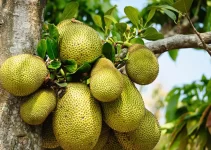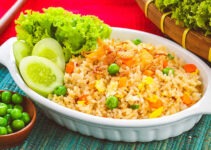Rajma, often known as the crimson kidney bean, holds significant meaning in Indian culture. More than just a meal, it’s a symbol of tradition, comfort, and culinary heritage spanning generations. Renowned for its lush flavor and creamy consistency, as well as nutritional value, the hearty legume has earned its popularity across diverse regions of India and beyond. Most closely associated with northern areas like the bustling province of Punjab, Rajma is customarily prepared into a rich, savory curry using an assortment of warm spices.
The resulting dish is typically served alongside basmati rice, a pairing so iconic it’s come to be known simply as “Rajma Chawal.” For many, the meal epitomizes the taste of home – a flavor of nostalgia as comforting now as ever.
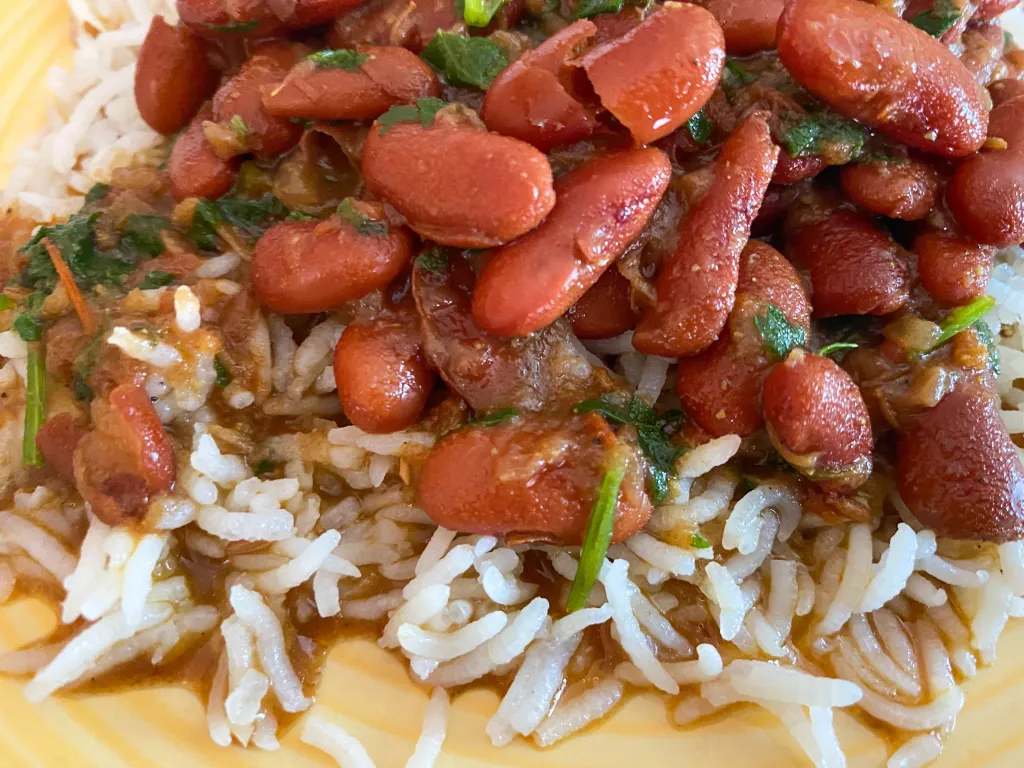
The History and Origin
Rajma’s place of origin is the New World, more specifically in the Americas. They were one of the main dietary products in this part of the world long before they traveled across the ocean to the Indian subcontinent. Traders from Portugal and Spain introduced partaitoto rajma to India in the 16th century. Indians quickly embraced this bean and soon incorporated it into their cuisine. The northern part of the country, in particular, has adopted this food entirely retooling it to their own food culture and making subtle changes to its taste. Spices, combining methods and some other cultural aspects featured in rajma made it the staple food we know and love today.
Nutritional Benefits
Rajma is tasty and provides many health benefits. It has an adequate plant-based protein content that makes it a perfect addition to a vegetarian or vegan diet. A single serving of rajmah guarantees a significant portion of dietary fiber that improves digestion and promotes gut health. Lastly, rajma has beneficial amounts of iron, potassium, magnesium, and folate. All of these minerals and vitamins are vital for overall health and may help maintain a healthy heart, control blood sugar, and reduce the risk of several chronic conditions.
The Cultural Significance
Rajma, therefore, is not just comfort food; it is the food of tradition. It is not just a cooking process; it is a culture. It is not just a dish that is cooked; it is a dish that brings people together. Rajma is not casual or quick but requires time and effort. Preparing rajma involves soaking the beans overnight, slow-cooking them with aromatic spices, and simmering the curry to the perfect consistency. As a result, a meal expresses gastronomic culture like no other.
Varieties of Rajma Dishes
Although a curry remains rajma’s most loved form, it finds its roots in multiple recipes and uses. Rajma Masala is just one of them. Shared by every north Indian or rather a Punjabi household on a delightful morning, here is where you may add the fresh, densely coriander- and its original earthiness to the kidney bean soaked in thick, spicy tomato soup. Other popular dishes having roots from rajma include Rajma salad where the boiled rajma is mixed along with chopped vegetables and tangy dressings. Or, the other revolutionary application is the sandwich or wrap filling.
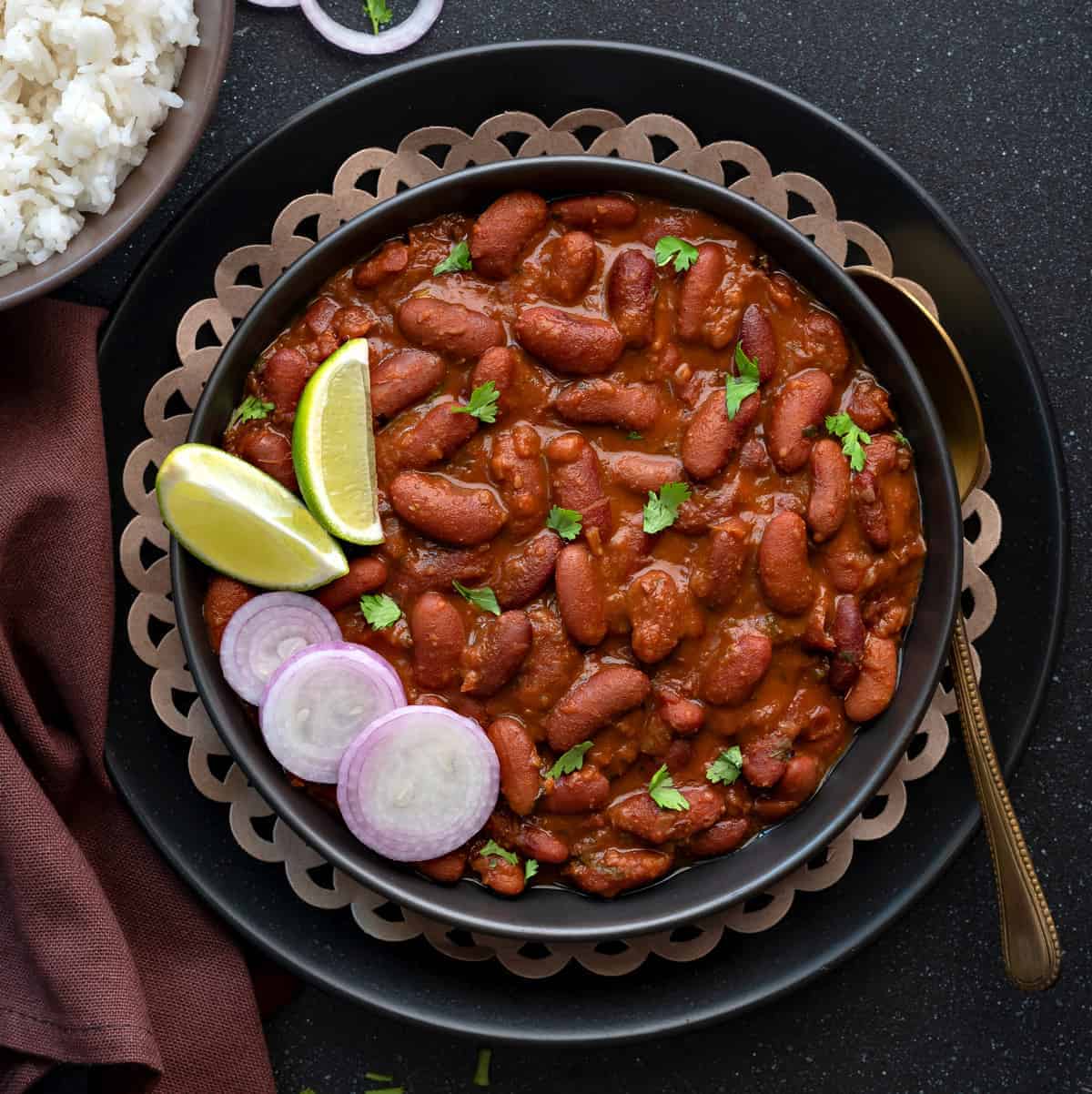
The Classic Rajma Masala Recipe
Creating the perfect Rajma Masala requires a balance of spices and the right cooking techniques. Here is a traditional recipe for making this delicious dish:
Ingredients:
- 1 cup rajma (red kidney beans)
- 2 large onions, finely chopped
- 3 large tomatoes, pureed
- 2 green chilies, slit
- 1 tablespoon ginger-garlic paste
- 2 teaspoons cumin seeds
- 2 teaspoons coriander powder
- 1 teaspoon turmeric powder
- 2 teaspoons garam masala
- 1 teaspoon red chili powder
- 2 tablespoons cooking oil
- Salt to taste
- Fresh coriander leaves for garnish
Method:
- Soak and Cook the Rajma: Soak the rajma overnight in plenty of water. Drain and rinse them thoroughly. Pressure cook the beans with 4 cups of water and a pinch of salt until they are soft and tender.
- Prepare the Base: In a large pan, heat the oil and add cumin seeds. Once they start to splutter, add the chopped onions and sauté until they turn golden brown. Add the ginger-garlic paste and green chilies, and sauté for another minute.
- Add the Tomatoes: Pour in the tomato puree and cook until the oil begins to separate from the mixture. This step is crucial as it enhances the flavor of the dish.
- Spice it Up: Add the coriander powder, turmeric powder, red chili powder, and salt. Mix well and cook for a few minutes until the spices are well incorporated.
- Combine: Add the cooked rajma along with its cooking liquid to the pan. Stir well and let the curry simmer on low heat for about 20-25 minutes, allowing the flavors to meld together.
- Finish with Garam Masala: Sprinkle garam masala over the curry, mix well, and let it simmer for another 5 minutes.
- Garnish and Serve: Garnish with fresh coriander leaves and serve hot with steamed rice or rotis.
The Regional Variations of Rajma
Rajma is made in different ways in different parts of India. Each region has its style and personality that it brings to the dish. These dishes are more runny combined with tamarind juice and dal. There are many other regional versions of rajma, each tasting different due to the ingredients used, the method of cooking and the people’s culture influences on it.
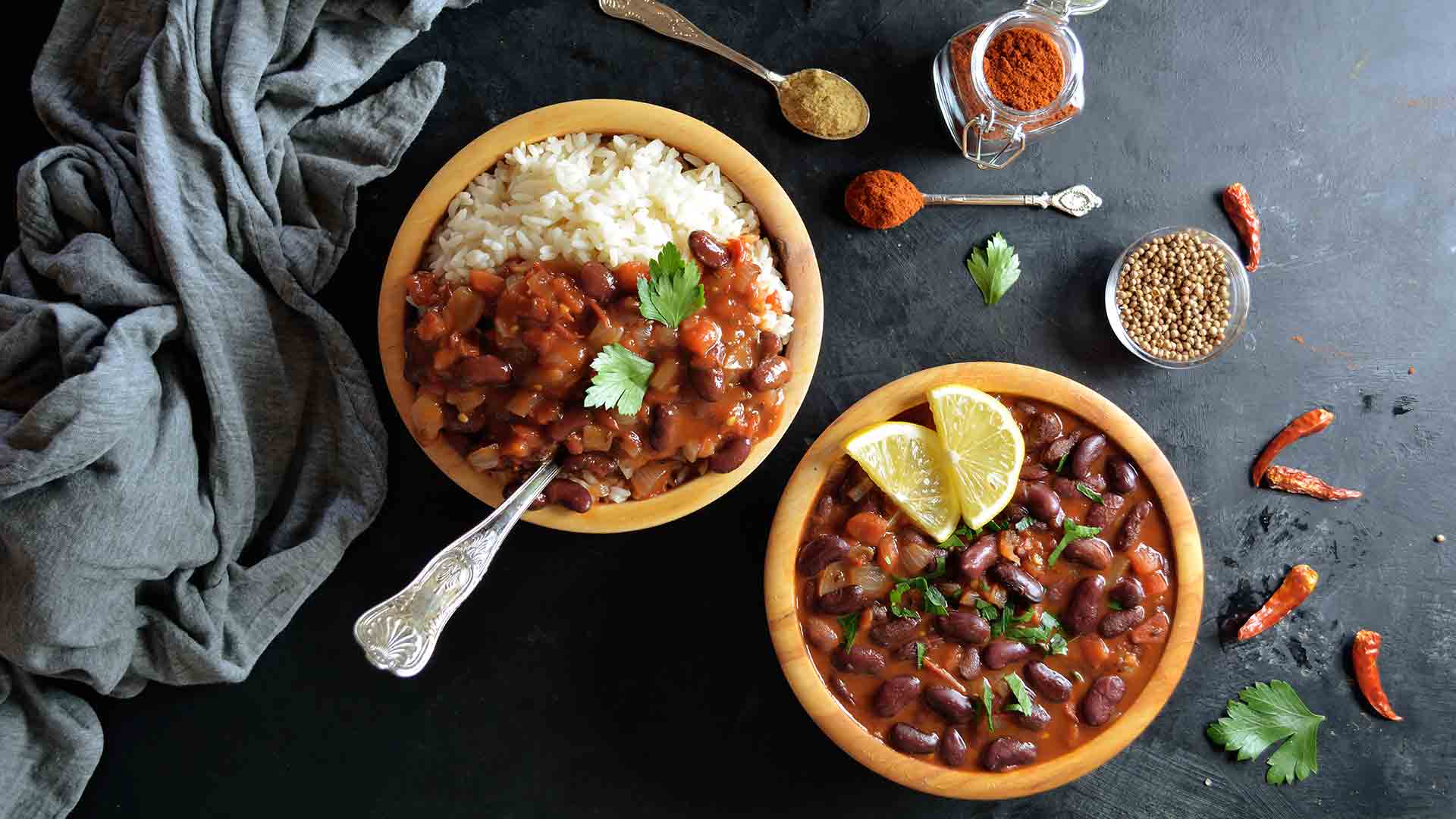
Health Benefits of Including Rajma in Your Diet
Incorporating rajma into your diet can offer a myriad of health benefits. The high fiber content in rajma helps regulate blood sugar levels, making it an excellent choice for individuals with diabetes. The protein content aids in muscle repair and growth, essential for those leading an active lifestyle. Furthermore, rajma is low in fat and cholesterol-free, making it heart-friendly. The antioxidants present in rajma, such as flavonoids and polyphenols, help combat oxidative stress and reduce inflammation in the body. Regular consumption of rajma can contribute to overall well-being and help prevent various health conditions.
Rajma in Modern Cuisine
While traditional rajma recipes continue to be cherished, modern cuisine has embraced this versatile bean in innovative ways. Chefs and home cooks alike experiment with rajma in fusion dishes, such as rajma tacos, rajma burgers, and rajma hummus. These contemporary dishes offer a fresh take on the classic bean, introducing it to a wider audience and making it a part of global culinary trends. Rajma’s ability to absorb flavors and its hearty texture make it an excellent ingredient for a variety of dishes, from soups and stews to salads and dips.
Tips for Cooking Perfect
Cooking rajma to perfection requires attention to detail and a few handy tips:
- Soaking: Always soak the rajma overnight. This not only reduces cooking time but also makes the beans easier to digest.
- Pressure Cooking: Use a pressure cooker to cook the beans until they are soft but not mushy. This ensures they retain their shape and texture.
- Spices: Freshly ground spices enhance the flavor of the curry. Toast whole spices before grinding them for a more aromatic and flavorful dish.
- Simmering: Allow the curry to simmer on low heat for an extended period. This helps the flavors meld together and creates a rich, thick gravy.
- Consistency: Adjust the consistency of the curry by adding water or reducing it by cooking uncovered. The curry should be neither too thick nor too watery.
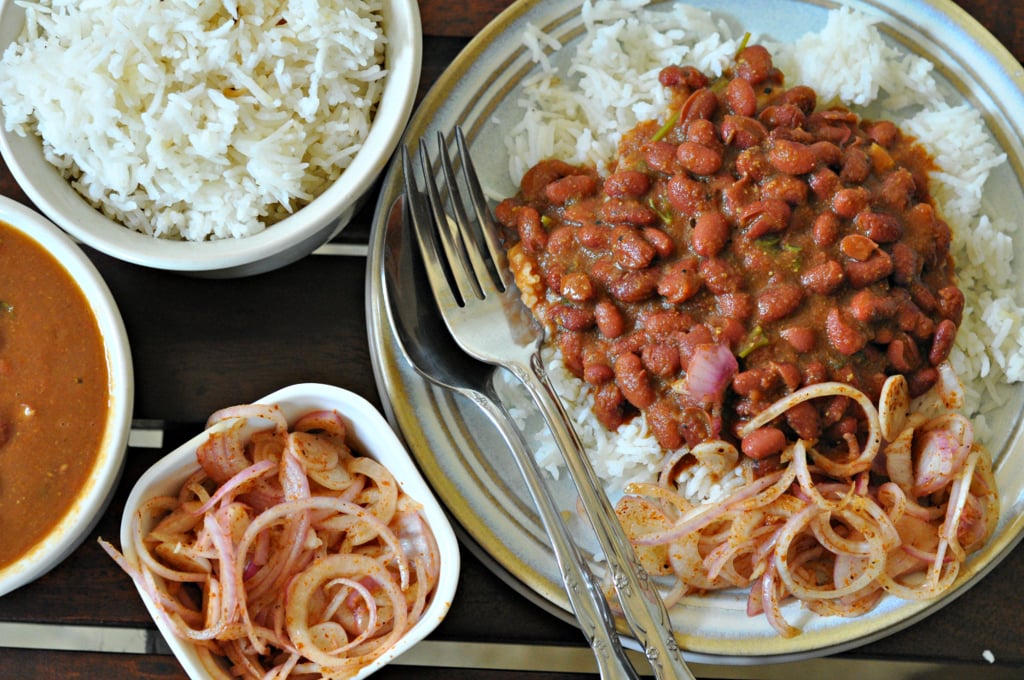
Vegetarian and Vegan Diets
Rajma is a key component of vegetarian and vegan meals due to its high vegetable protein content. When this is first added, it may serve as a full protein alternative. Anyone on a vegan diet can use rajma in a variety of recipes, including curries, salads, and stews, or to create a dip for a healthy snack. Striking a balance between dietary needs and taste even with variety, rajma assuredly provides the required nutrients.
Conclusion
Rajma, with its cultural heritage and nutritional value, is an expression of community and good health more than just a meal. Our days of being brave and modernizing the science of cooking rajma to create appealing dishes like Rajma Masala in restaurants have waned.
The traditional curry still has a place in the finest taste buds and the most healthy lifestyles around the worldwide. Rajma is a favorite food for people of all ages due to its excellent taste and ability to take on the flavor of food. Today, as we venture to the world of deliciousness, we may not just see and smell the uniqueness of rajma but can also learn something about. If you enjoyed reading this article, please consider exploring our article on Brain Health for more insights into maintaining overall well-being.

